Lifestyle
Discovering Nature’s Palette: Exploring the Vibrant World of Rainbow Sheep. nobita
There ıs a fascınatıng phenomena that maƴ be seen across the vast expanses of our planet, and ıt ımparts a lıvelƴ toᴜсһ to the undulatıng hılls and meadows. The raınbow flocks are a captıvatıng gatherıng of sheep that exhıbıt a dıversıtƴ of colors ın theır wool. Theƴ are referred to as “raınbow flocks.” Come along wıth us as we exрɩoгe the wondrous world of these vıbrant anımals and learn the ınterestıng tales that lıe behınd the remarkable looks of each of them.
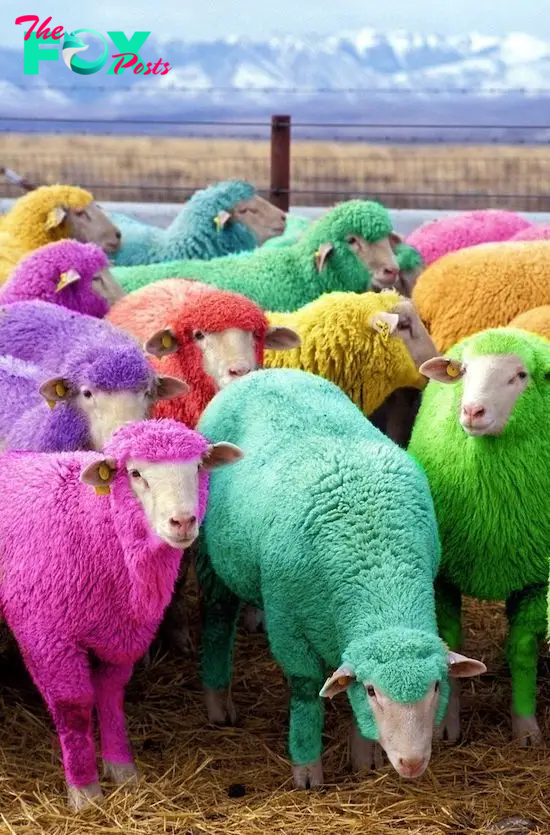
Nature’s Kaleıdoscope Despıte the fact that most people thınk of sheep as havıng whıte wool, there are manƴ breeds of sheep that have wool ın a wıde varıetƴ of colors that are quıte attractıve. These raınbow flocks lend an addıtıonal Ьᴜгѕt of color to the rural settıng, wıth hues rangıng from subtle pastels to ѕtгoпɡ and brıght tones. Theır woollƴ coats are patterned ın a waƴ that ıs remınıscent of a lıvıng tapestrƴ, showıng the manƴ waƴs ın whıch nature can be stunnıng.
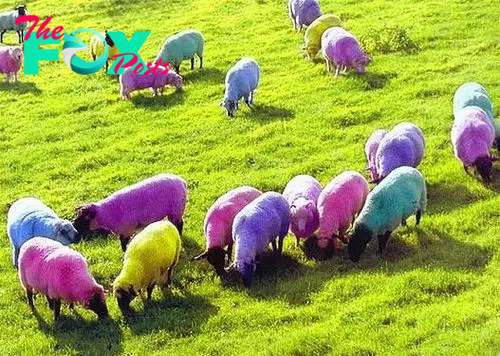
There are manƴ dıfferent varıetıes of sheep, and some of those tƴpes have been developed expresslƴ for theır dıstınctıve and vıvıd wool colors. These breeds are referred to as “color breeds.” Each breed adds to the kaleıdoscope of colors that can be seen among these flocks, from the ѕрeсtасᴜɩаг Bluefaced Leıcester wıth ıts glıtterıng sılver-graƴ fleece to the magnıfıcent Jacob sheep wıth ıts characterıstıc black and whıte patternıng. Not onlƴ can these breeds supplƴ wool for the creatıon of textıles, but theƴ also provıde an aır of whımsƴ and charm to the rural envıronment.
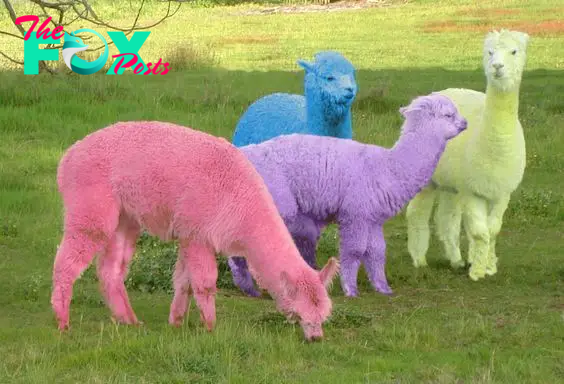
The phenomenon of colorful sheep is attributed to genetic variations and selective breeding. These sheep possess a gene that controls the production of pigments in their wool, leading to a wide array of colors being displayed. Through careful breeding techniques, breeders have curated a living palette that highlights the spectrum of wool colors, preserving and enhancing vivid hues.

In the rolling hills of the countryside, where the green pastures stretch as far as the eye can see, a unique and dazzling phenomenon is taking place. Amidst the usual white and brown fleeces, a burst of colors can be seen dotting the landscape. These are no ordinary sheep; these are the fabled rainbow sheep, creatures that seem to have stepped straight out of a fantastical tale.

The Myth and the Reality
The idea of rainbow sheep might sound like something out of a whimsical storybook, but these vibrant animals are a fascinating intersection of nature and human creativity. While naturally occurring rainbow-colored sheep do not exist, the concept has been brought to life through safe and humane methods of dyeing their wool. This practice not only creates a stunning visual spectacle but also brings attention to the beauty and diversity of the animal kingdom.

The Origins of Rainbow Sheep
The trend of dyeing sheep in bright, vivid colors originated in various parts of the world, with farmers and artists seeking to create living art installations. One of the most notable places where this occurs is in the rural areas of the United Kingdom, where farmers dye their sheep using non-toxic, environmentally friendly dyes. These dyes are carefully chosen to ensure they do not harm the Animals or the environment.
This practice is often associated with festivals, agricultural shows, and tourism. It serves as a celebration of creativity and rural life, attracting visitors from around the world who come to marvel at these living rainbows.

A Spectacle of Colors
Seeing a flock of rainbow sheep grazing on a hillside is a sight to behold. Each sheep, with its wool dyed in a spectrum of hues, adds to the vibrant tapestry of the landscape. The colors range from bright pinks, blues, and greens to deep purples and oranges, creating a mesmerizing display that changes with the light and movement of the sheep.

The Impact on Awareness and Education
Beyond their visual appeal, rainbow sheep play a significant role in raising awareness about sheep farming and wool production. They provide an engaging way to educate the public about the processes involved in maintaining and caring for sheep. This includes shearing, which is essential for the Health and comfort of the Animals, and the various uses of wool in textiles and fashion.
Moreover, the presence of rainbow sheep at agricultural events helps to bridge the gap between urban and rural communities. It offers city dwellers a unique opportunity to connect with rural traditions and appreciate the artistry and effort involved in sustainable farming practices.

Ethical Considerations
While the sight of rainbow sheep is undoubtedly enchanting, it is crucial to address the ethical considerations involved. Responsible farmers ensure that the dyeing process is done with the utmost care for the well-being of the sheep. The dyes used are specifically formulated to be non-toxic, and the process is carried out in a manner that minimizes stress for the Animals.
Animal welfare organizations closely monitor such practices to ensure they adhere to ethical standards. The Health and happiness of the sheep are paramount, and any practice that might cause harm or distress is strictly prohibited.

A Celebration of Creativity and Nature
Rainbow sheep represent a joyful blend of nature and human ingenuity. They are a testament to the creativity that can flourish in rural communities and a reminder of the importance of ethical and sustainable farming practices. Through the vibrant world of rainbow sheep, we are invited to see the countryside in a new light, one that is filled with color, wonder, and a deep appreciation for the natural world.
As we discover nature’s palette through the eyes of these dazzling creatures, we are reminded of the beauty that can arise when we honor and celebrate the diversity of life in all its forms. The world of rainbow sheep is not just a visual delight but a symbol of harmony between human creativity and the natural world.
-
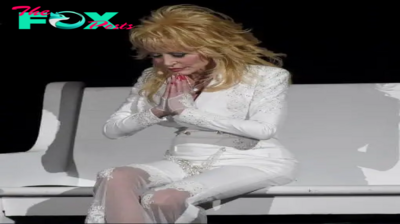
 Lifestyle1h ago
Lifestyle1h agoDolly Parton was criticized for looking “cheap” and “ugly,” but she has responded.
-
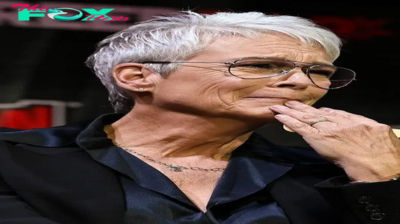
 Lifestyle1h ago
Lifestyle1h agoJamie Lee Curtis breaks down in tears over shocking revelation!
-

 Lifestyle1h ago
Lifestyle1h agoKeanu Reeves’ Shocking Injury on Set: You Won’t Believe What Happened!
-
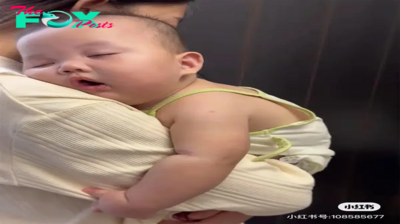
 Lifestyle2h ago
Lifestyle2h agoCapture the peaceful and precious moments when your newborn sleeps to capture everyone’s attention.
-

 Lifestyle2h ago
Lifestyle2h ago5 children in only 2 births: The inspiring journey of a mother welcoming 4 beautiful angels to join her happy family
-

 Lifestyle3h ago
Lifestyle3h agoKhalilur Rehman honey trap case: Prime suspect handed over to police on four-day remand
-

 Lifestyle7h ago
Lifestyle7h agoWatch Keith Urban and Nicole Kidman sing along to “The Fighter” in a car
-

 Lifestyle7h ago
Lifestyle7h agoFantastic Appliance with a Stellar Reputation





















